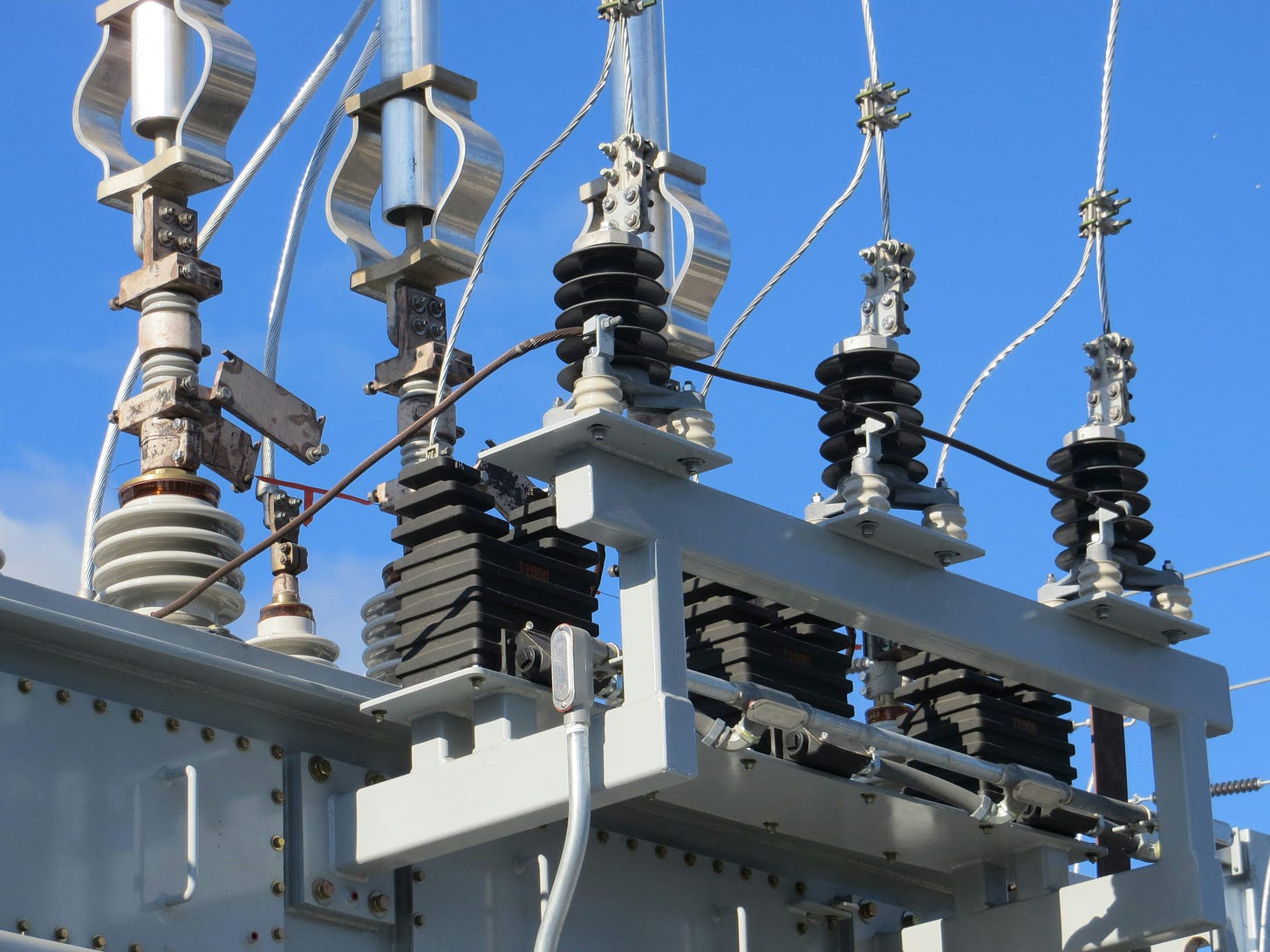MISO is likely to make changes to Co-located Load and Generation
Renewable developers, green hydrogen developers, technology companies for their data center needs, and bitcoin mining companies pay attention!
This week has been newsworthy - with the EPA releasing new rules for carbon 111(d), DOE releasing new rules for transmission permitting, MISO releasing its capacity auction results, MISO stating it received 123 GWs of renewable requests since the 2023 queue closed, and California reaching a record 10,000 MW of energy storage installations.
I will pick up each of these stories and write about it. In the meanwhile, this co-location of load and generation continues to be a pesky issue that needs attention. Hence this blog -
NextEra has brought forward the following presentation to the MISO Planning Advisory Committee on April 24, 2024. https://cdn.misoenergy.org/20240424%20PAC%20Item%2007%20New%20Issue%20Presentation%20-%20Co-located%20Load%20and%20Generation%20in%20MISO632611.pdf
This co-location of load and generation is a timely topic for renewable developers, green hydrogen developers, technology companies for their data center needs, and bitcoin mining companies.
The final proposal could be discussed before the end of the year at the Planning Advisory Committee. And I don’t see a need for MISO to make a FERC filing on this issue. But it is too early to tell.
Source - MISO
As many of you know, the generator interconnection process is pretty visible due to the increase in renewable interconnection requests. What is less visible is the load interconnection process, called the “Expedited Project Request” process. An example of MISO’s review for Expedited Project Requests is here.
When a large load decides to interconnect to a Substation at a Transmission Owner facility, MISO gets involved because the functional control of these transmission facilities, including substations, transmission facilities, and transmission lines, was transferred to MISO, even though the transmission owner owns the facilities.
It is unclear to me what exactly NextEra is proposing because aligning load interconnection and generator interconnection is not a trivial task. Renewable developers didn’t submit new generator interconnection requests in September 2023 for the 2023 DPP cycle. The MISO study for the 2023 DPP cycle is scheduled to start on July 17, 2024.
But I also know renewable developers are quite interested in this concept of green hydrogen and additionality—meaning that any new green hydrogen must be incremental and must be added to renewable energy production. I have strong feelings about green hydrogen. Read this blog.
Interest in co-located project structures is not just from green hydrogen project developers but Bitcoin miners as well. Just swap out “green hydrogen” in this blog with “Bitcoin mining.”
Source - Unsplash
The problem statement, which I believe NextEra’s proposal accurately captures, is that when a renewable project seeks a location to interconnect at the transmission substation called the Point Of Interconnection, for this additionality principle to work (basically, trying to take advantage of the tax incentives), there should also be location considerations for generating green hydrogen, which means load will be added.
The question then becomes, is the green hydrogen plant seeking transmission to serve its load? If so, it must pay for transmission service and make a transmission reservation. There are different kinds of transmission reservations: Network Interconnection Transmission Service (NITS), Firm Point-to-Point, and Non-firm Point-to-Point, and they are available in hourly, monthly, and yearly increments.
Or is the green hydrogen plant load served by Behind-The-Meter-Generation (BTMG)? This means that if there is an on-site generator that is located behind the utility meter, it will generate electrons to serve the green hydrogen plant load. If so, then why does the green hydrogen plant need to pay for transmission? What if the green hydrogen plant only wants to depend on the bulk electric system managed by MISO for emergency purposes?
For example, if a solar project on-site feeds a battery, and this combination serves the green hydrogen plant load. And there is not enough solar energy in the battery. If the green hydrogen plant owner desires to draw power from the MISO-controlled transmission system? Or, if the green hydrogen plant owner wishes to sell excess renewable energy to MISO?
Source - Unspalsh
In NextEra’s proposal diagram above, the export energy is credited to the renewable generator. So, there is no need for transmission even if the green hydrogen plant owner has excess power to sell.
MISO does not study these two situations as one single situation. MISO studies green hydrogen plant load as an Expedited Project Request and renewable generator as a generator interconnection request. That’s where the NextEra’s proposal gets it right.
But what I don’t understand in the NextEra proposal is - how it ensures that MISO does not charge the transmission customer twice for the same transmission—once for transmission to serve the load and once for transmission to deliver the generator to the load.
It seems to me that if the green hydrogen plant load is 150 MW, hypothetically, the plant owner does not need transmission for the entire 150 MW load because the on-site renewable generator serves that 150 MW load. So, the transmission owner and, by extension, MISO should not be studying a 150 MW Expedited Project Request.
It will be interesting to see how MISO’s process plays out. Unfortunately, interested stakeholders such as renewable developers and others must follow the Interconnection Process Working Group and the Planning Subcommittee. Then, a final proposal will be brought to the Planning Advisory Committee at a later date.
I speculate that if MISO, the Transmission Owners and the Renewable developers are motivated, the final proposal could be discussed before the end of the year at the Planning Advisory Committee.
I don’t see a need for MISO to make a FERC filing on this issue. It would mean changes to Business Practices Manuals in Transmission Planning and Generator Interconnection, maybe to Resource Adequacy. But it is too early to tell.





